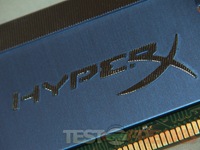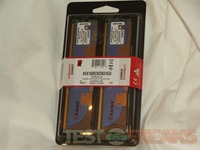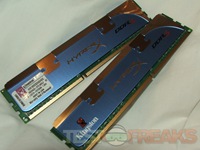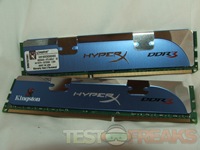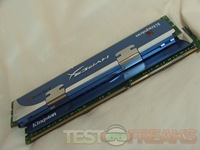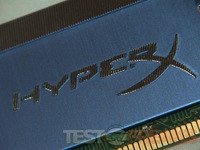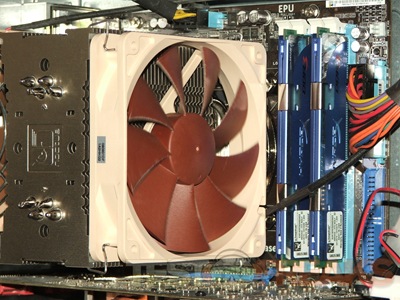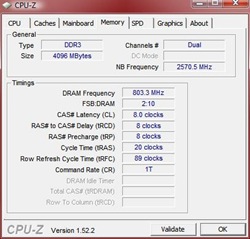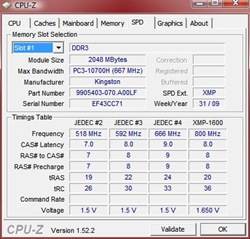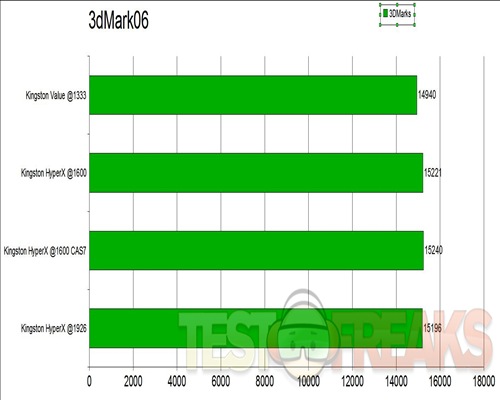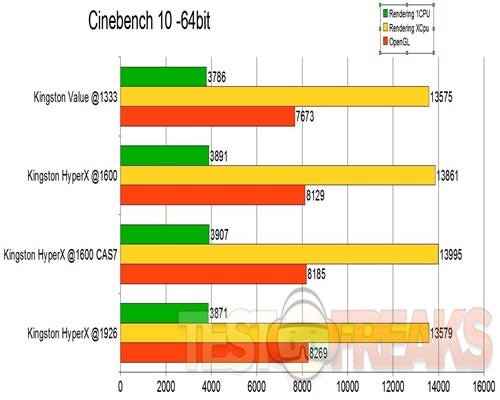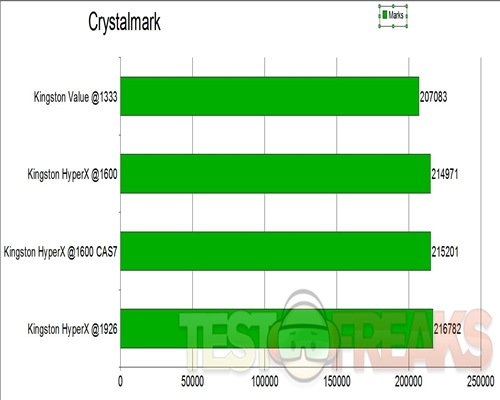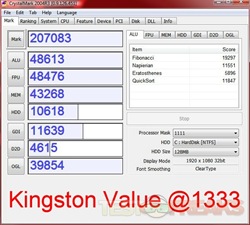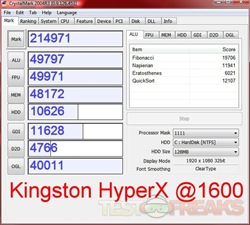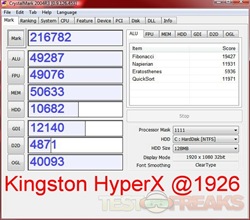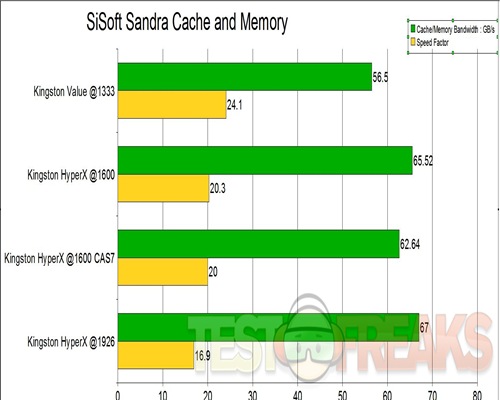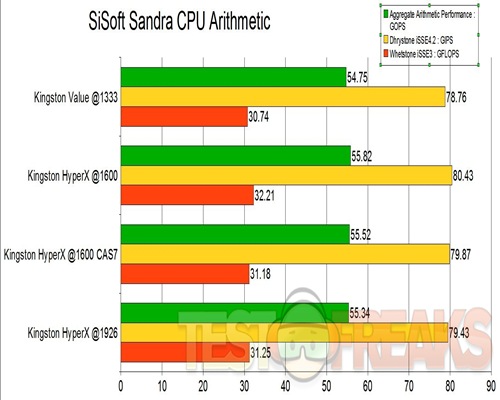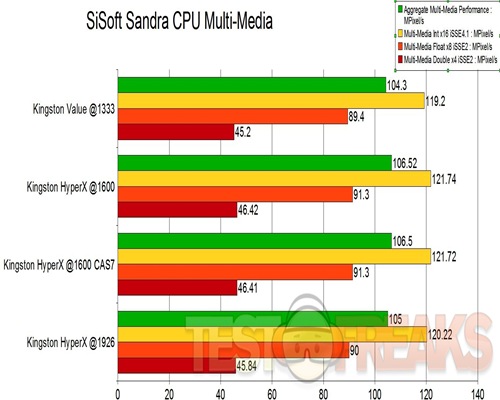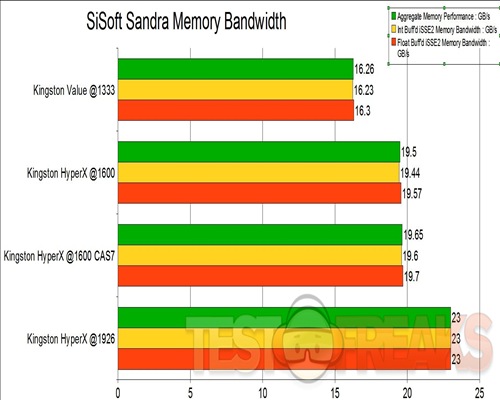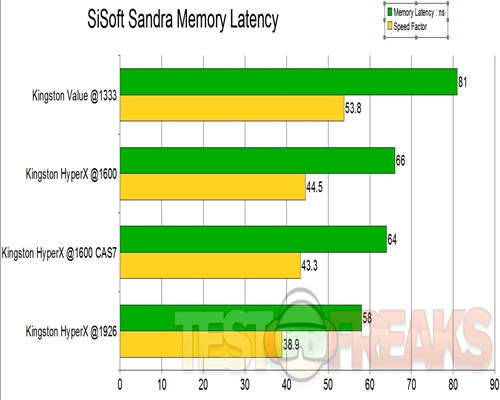When the Corei5 and the Corei7 came out we quickly realized that our DDR3 wasn’t going to work anymore with the new CPUs because of the lower voltage requirements, so we had to go and buy low voltage ram for our new systems. You’ve got plenty of choices out there when it comes to ram but if you’re interested in overclocking then you’ll want more specialized ram like what I have today for the review. I’ve got a 4gig set of Kingston HyperX DDR3 ram that runs at 1600Mhz and has the low voltage requirements of the Corei5 system. In my time with this set of ram I’ve found that it easily overclocks to almost 2000Mhz and it will even run at a lower latency. I put it in my system with my Corei5 750 CPU and ran a bunch of tests to see just how well it performs, so read on to learn more…
It’s ram, it’s HyperX.
It comes packaged in a plastic box.
The ram features blue heatspreaders with the Kingston HyperX logo on them. This ram is small in height so it should fit in any system with any sized CPU cooler.
Specifications:
Part Number: KHX1600C8D3K2/4GX
4GB 1600MHz DDR3 T1 Series Non-ECC
CL8 DIMM (Kit of 2) XMP
Timings: 8-8-8-24
Voltage: 1.65V
HyperX DDR3 memory; the latest generation of DDR memory technology. Like all Kingston HyperX products, DDR3 modules are specifically engineered and designed to meet the rigorous requirements of PC enthusiasts. DDR3 memory offers faster speeds, lower latencies, higher data bandwidths and lower power consumption than DDR2.
HyperX DDR3 features:
* 1.65v voltage for dual-channel Intel Core i5 7xx series and Core i7 8xx series applications
* Currently available in speeds up to 2133MHz and kits capacities of 8GB dual-channel, and 12GB triple-channel configurations
I installed the HyperX in an Asus P7P55D LE motherboard with a Corei5 750 CPU. The cooler I’m using is the Noctua NH-U12P, and the ram just fits in there.
The specs list the timings as 8-8-8-24, but when I installed it the ram set itself at 8-8-8-20 timings, so that works for me. CPU-Z also lists the XMP settings as the same 8-8-8-20.
So I’ve got a bunch of test for you of course. The ram that was in my system before I got the HyperX 1600 was the Kingston Value Ram 1333MHZ, a 4 gig kit of course. So that’s what I’m comparing the HyperX to in this review.
In all of the following charts you’re going to see test results for four different things. The first is the Kingston Value Ram at 1333MHZ, then the HyperX running stock speed and timings, then I found I could run the HyperX at stock 1600Mhz, but running at Cas7. The last result is the overclock of the ram that I achieved, it’s the maximum stable overclock I could get which was 1926Mhz.
For all of my testing I didn’t involve overclocking the actual CPU, we’re only interested in the performance of the ram itself after all. So what I did was adjust the CPU multiplier to keep the CPU running at as close as possible to the stock 2.67Ghz speed. It’s not going to be exactly the same of course for all of the tests, but it’s as close as possible. Making the CPU go faster is obviously going to skew any results that we might get concerning the performance of the ram. So the actual CPU speed varied between 2.67ghz up to 2.73GHZ depending on the speed and the multiplier. So the biggest difference in speed of the CPU was running the ram at the overclocked 1926MHz setting, and that was only about 60Mhz, that little amount should not result in any big difference in the testing.
In the real world of course you’ll get this type of ram to also overclock your CPU, the idea here is to find out how fast it can go over the stock speed and I got a respectable 326Mhz over the stock of this ram at the same timings of 8-8-8-20.
The first test is the old standard benchmark of 3dMark06:
For the most part we don’t see that great of a difference between Cas8 and Cas7 settings, but there is one about 20 points more when running the lower cas latency. We see something a bit odd though when running the ram at the higher 1926Mhz, the test result is actually lower. As you can see there’s a fairly big difference between the 1333Mhz and the 1600Mhz of the HyperX.
The next test is 3dMarkVantage. The profile was set to Performance, but I changed the resolution to 1080P or 1920×1080 resolution.
Again we see a slight drop when running the ram at the higher speed. Even when running he lower Cas latency we see a drop in performance, it’s odd to say the least. Once we get farther into this though, you really see an improvement in the scores or results of the tests…
The next test I’ve got is Cinebench10.
The test procedure consists of two main components: The first test sequence is dedicated to the computer’s main processor. A 3D scene file is used to render a photoreaslistic image. The scene makes use of various CPU-intensive features such as reflection, ambient occlusion, area lights and procedural shaders. During the first run the benchmark only uses one CPU (or CPU core) to ascertain a reference value. On computers that have multiple CPUs or CPU cores and on those that simulate multiple CPUs (via HyperThreading or similar technolgies), MAXON CINEBENCH will run a second test using all available CPU power.
The second test measures graphics card performance and is run inside the 3D editor window. The project file used can test all graphics cards that support the OpenGL standard. In this scene, only the camera was animated. This scene places medium to low demands on graphics cards and tests the maximum speed with which the scene can be properly displayed.
The lower latency does give us better scores, but again the higher speed gives us lower results… We see better results with the HyperX than the Value Ram, but not as much as I expected..
The next test is an entire system test, Crystalmark. The idea here was to see how much of a difference the ram and settings make on the entire system.
Here we see a fairly big jump when running the HyperX at the faster speeds and lower latency.
Here’s the individual results of the tests showing all of the scores for each test:
Now I’ve got something different here, a new test that I came across for testing the encoding abilities of your system.
It’s called the X264 HD Benchmark 3.0 and it’s from TechARP. Link HERE.
What is it:
Simply put, it is a reproducible measure of fast your machine can encode a short HD-quality video clip into a high quality x264 video file. It’s nice because everyone running it will use the same video clip and software. The video encoder (x264.exe) reports a fairly accurate internal benchmark (in frames per second) for each pass of the video encode and it also uses multi-core processors very efficiently. All these factors make this an ideal benchmark to compare different processors and systems to each other.
There’s not pretty graphs for these results, just test for your to read and compare.
First up is the Kingston Value Ram at 1333Mhz:
encoded 1442 frames, 63.64 fps, 3901.21 kb/s
encoded 1442 frames, 64.67 fps, 3900.68 kb/s
encoded 1442 frames, 64.07 fps, 3901.21 kb/s
encoded 1442 frames, 63.98 fps, 3900.68 kb/s
encoded 1442 frames, 19.67 fps, 3971.81 kb/s
encoded 1442 frames, 19.76 fps, 3971.25 kb/s
encoded 1442 frames, 19.61 fps, 3972.15 kb/s
encoded 1442 frames, 19.53 fps, 3970.28 kb/s
Next is the HyperX at 1600Mhz:
encoded 1442 frames, 67.14 fps, 3901.21 kb/s
encoded 1442 frames, 66.60 fps, 3901.21 kb/s
encoded 1442 frames, 66.66 fps, 3900.96 kb/s
encoded 1442 frames, 67.11 fps, 3901.21 kb/s
encoded 1442 frames, 20.30 fps, 3971.50 kb/s
encoded 1442 frames, 20.66 fps, 3970.45 kb/s
encoded 1442 frames, 20.72 fps, 3960.67 kb/s
encoded 1442 frames, 20.57 fps, 3970.79 kb/s
Next is the HyperX at 1600MHz with Cas7 latency:
encoded 1442 frames, 68.53 fps, 3900.68 kb/s
encoded 1442 frames, 68.37 fps, 3900.68 kb/s
encoded 1442 frames, 67.93 fps, 3901.21 kb/s
encoded 1442 frames, 68.28 fps, 3900.68 kb/s
encoded 1442 frames, 20.63 fps, 3971.15 kb/s
encoded 1442 frames, 20.50 fps, 3970.67 kb/s
encoded 1442 frames, 20.66 fps, 3971.91 kb/s
encoded 1442 frames, 20.61 fps, 3971.78 kb/s
and finally the HyperX running at 1926Mhz:
encoded 1442 frames, 67.92 fps, 3900.68 kb/s
encoded 1442 frames, 67.73 fps, 3900.68 kb/s
encoded 1442 frames, 67.86 fps, 3900.68 kb/s
encoded 1442 frames, 67.71 fps, 3900.68 kb/s
encoded 1442 frames, 20.74 fps, 3970.54 kb/s
encoded 1442 frames, 20.76 fps, 3965.77 kb/s
encoded 1442 frames, 20.55 fps, 3973.05 kb/s
encoded 1442 frames, 20.54 fps, 3971.78 kb/s
As you can see the lower latency did make a slight difference in the encoding speeds of the HD video file, but running at the higher speed produced similar results to running at the stock 1600Mhz. Really though all three of the HyperX encoding results are very close, I don’t think you’d notice any difference in the real world.
To finish off the testing I’ve got several tests from SiSoft Sandra 2010 Portable Edition, these are not only memory tests but CPU ones as well to see how much of a difference there is when running the ram at the different timings and speeds.
Processor Cache and Memory
Benchmark the processors’ caches and memory access (transfer speed).
Results Interpretation:
Cache/Memory Bandwidth (MB/s) – higher results are better, i.e. faster memory bandwidth.
Speed Factor (MB/s) – lower results are better, i.e. less difference between processor cache speed and memory speed.
Here we start to see where the faster memory can change the results a bit, we see higher scores with the HyperX running at the faster 1926Mhz, but the results are lower when running with at Cas7.
Processor Arithmetic
Benchmarks the ALU and FPU processor units. Shows how your processors handle arithmetic and floating point instructions
Results Interpretation : Higher index values are better.
Here we see very similar results with the HyperX no matter what the settings are. The tiny differences will never be noticed in the real world, but only at the system level.
Processor Multi-Media
Benchmark the (W)MMX(2), SSE(2/3/4), AVX processor units. Shows how your processors handle multi-media instructions and data
Results Interpretation : Higher index values are better.
Here again we see very similar results with the HyperX, but again we actually see a slight drop in performance when running at the faster speed, and really no difference when the latency was lowered.
Memory Bandwidth
Benchmark the memory bandwidth of your computer
Results Interpretation : Higher index values are better.
He we see a rather large jump in the results when the HyperX is running at the faster speed, and not much at all different when running at the lower latency.
and we have on final test:
Memory Latency
Benchmark the latency (response time) of processors’ caches and memory
Results Interpretation : Lower index values are better.
With the lower Cas7 and the the higher speeds we see better performance than just running at the stock settings.
So what have we learned from all of this?
Well we learned that faster isn’t always better, it just depends what you’re doing. We’ve also learned that running at a lower latency can most of the time yield a benefit but not all of the time. We also learned that this set of HyperX can give us a decent overclock, and that can mean a better overclock for your CPU as well.
You have to remember once thing though, not every set of ram is the same, so results will vary between the same line of ram.
Conclusion:
This Kingston HyperX 1600Mhz DDR3 set is a decent set of ram especially if you’re looking to overlook your CPU. You should easily be able to get 300Mhz more out of this ram without changing the voltage or timings. The ability to run at the lower Cas 7 latency might be attractive to some people out there as well.
Overall this is a very good set of ram, I think anyone will be happy with the performance and overclock that you can achieve with it.
I also like the fact that this ram is small, many times you’ll get fast ram that comes with very large heatspreaders making it not able to be installed with some CPU coolers.
Pros:
+Decent overclock
+Can run at lower latency
+Small profile should fit with any CPU cooler
Cons:
-Faster doesn’t always mean better
| Grades: | |
| Overall |  |
| Design |  |
| Performance |  |
This product was given to technogog for review by the company for review purposes only, and is not considered by us as payment for the review, we do not, and never will, accept payment from companies to review their products. To learn more about our review policy please visit this page HERE.

